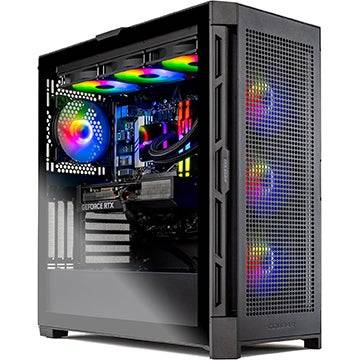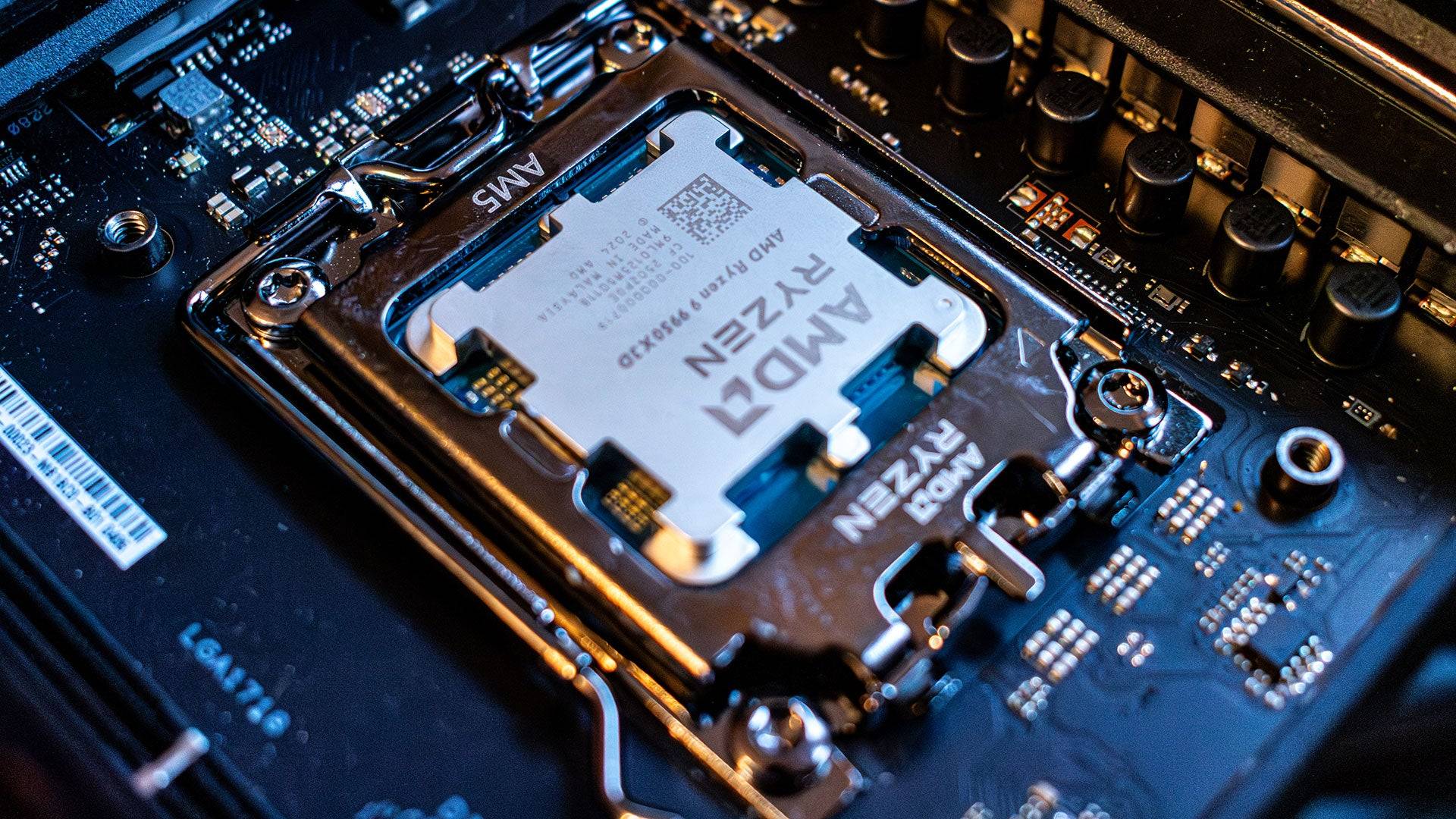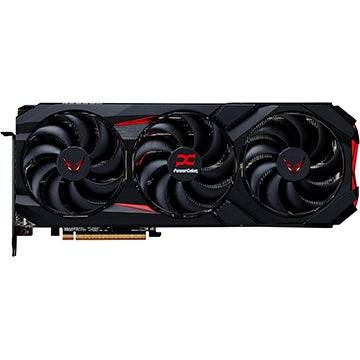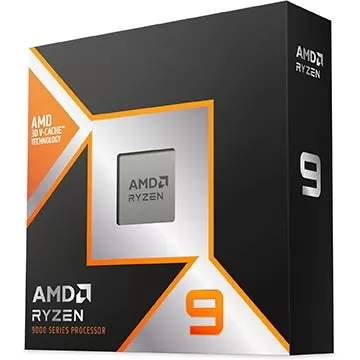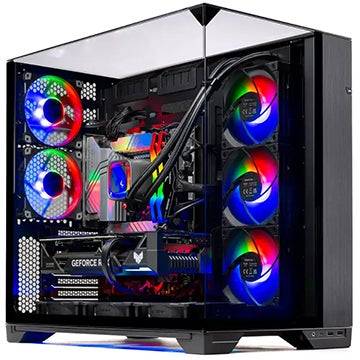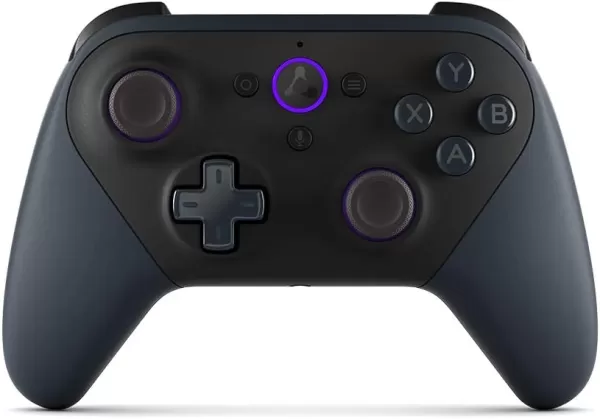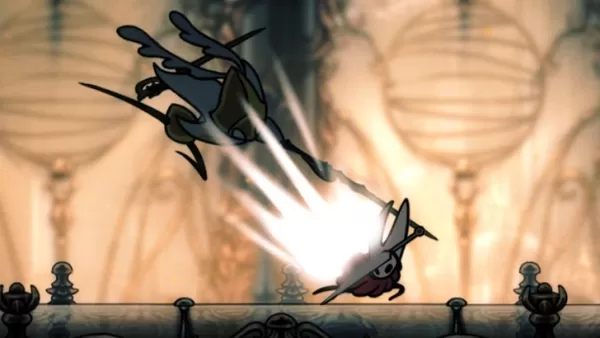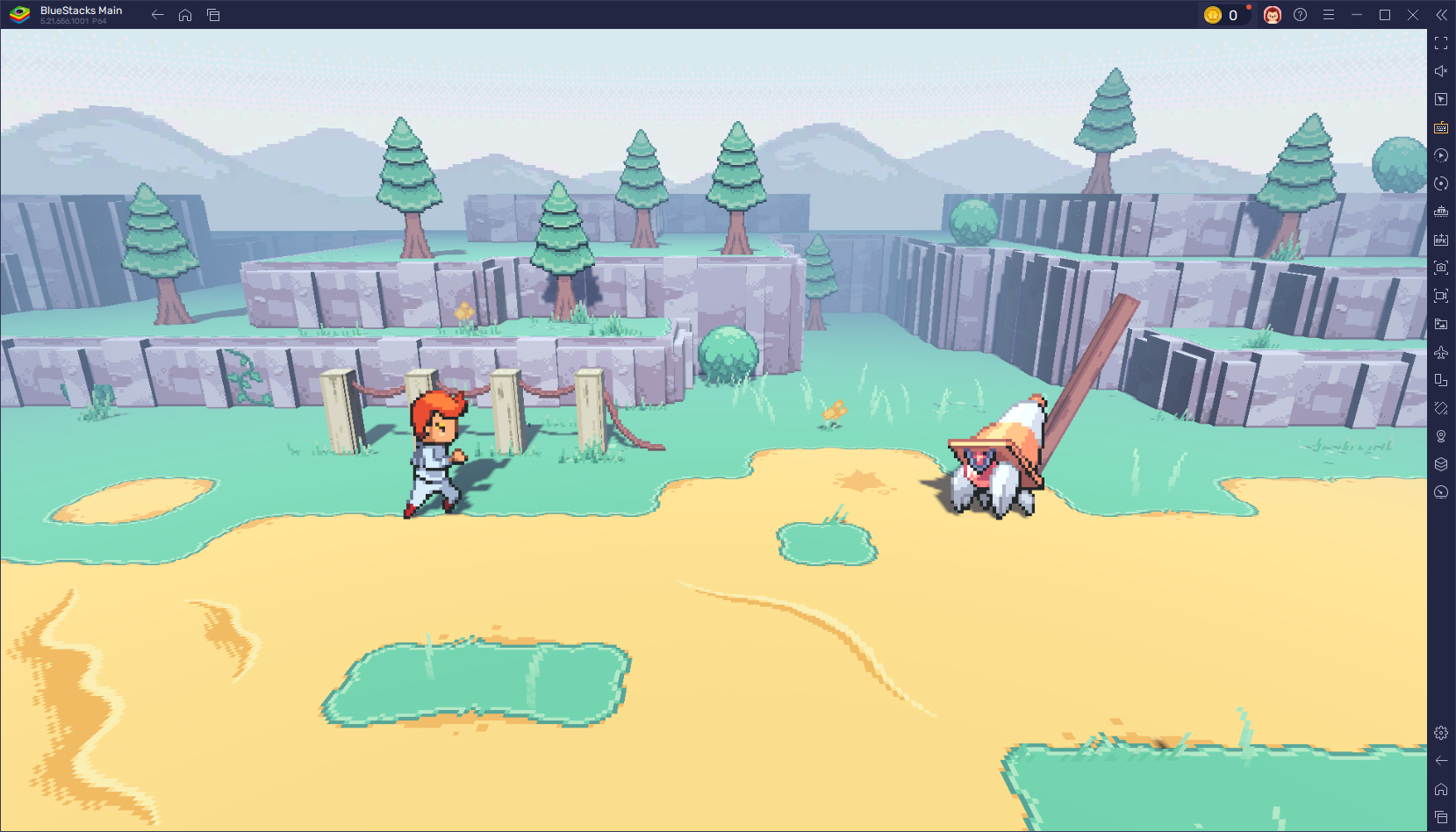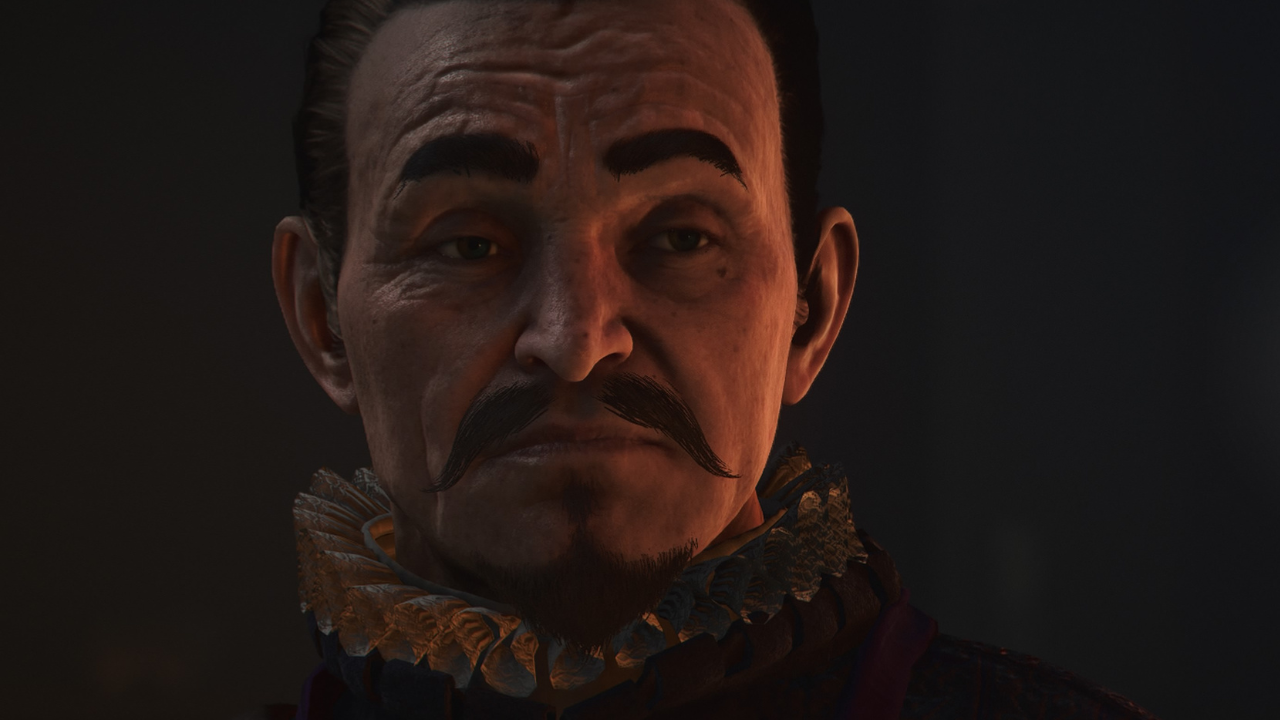"AMD Radeon RX 9070 XT: Comprehensive Review"
For the last couple of generations, AMD has been striving to compete with Nvidia at the high end. However, with the AMD Radeon RX 9070 XT, Team Red has shifted focus from the ultra-high-end to delivering the best graphics card for the majority of gamers—a goal it absolutely achieves.
The AMD Radeon RX 9070 XT is a $599 graphics card that goes head-to-head with the $749 GeForce RTX 5070 Ti. This alone positions it as one of the best GPUs on the market today, but AMD sweetens the deal with FSR 4, bringing AI upscaling to an AMD graphics card for the first time. Simply put, this is the graphics card to get for 4K gaming, especially if you don’t have $1,999 to spend on the RTX 5090.
Purchasing Guide
The AMD Radeon RX 9070 XT is available starting March 6, priced at $599. However, prices can vary due to third-party cards that might cost more. Aim to find one under $699, if possible.
AMD Radeon RX 9070 XT – Photos

 4 Images
4 Images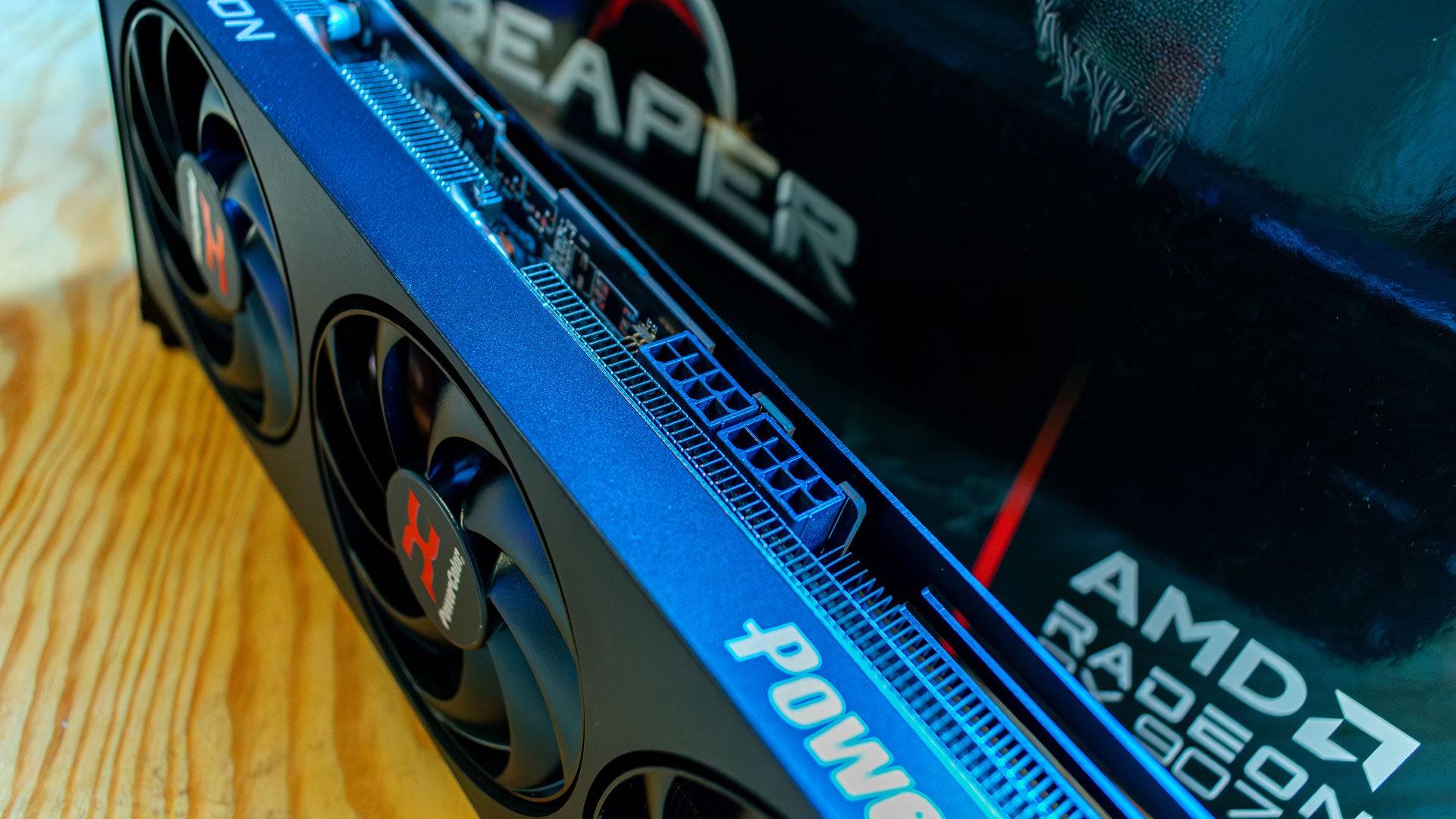

Specs and Features
Built on the RDNA 4 architecture, the AMD Radeon RX 9070 XT showcases significant improvements in its shader cores, but the real highlights are the new RT and AI Accelerators. The AI Accelerators power FidelityFX Super Resolution 4 (FSR 4), marking the first time AMD graphics cards feature AI upscaling. While FSR 4 doesn't necessarily boost framerates compared to the older FSR 3.1, it greatly enhances accuracy for better image quality. Gamers prioritizing framerates can easily disable FSR 4 via the Adrenalin software.
AMD's enhancements to the shader cores result in superior performance per core. Despite having fewer Compute Units (64) than the previous-generation Radeon RX 7900 XT (84), the RX 9070 XT delivers a notable generational leap at a lower launch price. Each Compute Unit contains 64 Streaming Multiprocessors (SMs), totaling 4,096 SMs, alongside 64 ray accelerators and 128 AI accelerators.
The RX 9070 XT comes with 16GB of GDDR6 memory on a 256-bit bus, a reduction from the RX 7900 XT's 20GB on a 320-bit bus. This change impacts both capacity and bandwidth but is still adequate for most 4K gaming needs.
Although more efficient, the RX 9070 XT has a slightly higher power budget of 304W compared to the 7900 XT's 300W. Interestingly, my testing revealed the 7900 XT consumed more power, peaking at 314W, while the 9070 XT maxed out at 306W.
Cooling the RX 9070 XT won't be challenging due to its standard power budget. AMD isn't releasing a reference design, so you'll depend on third-party manufacturers. I reviewed the Powercolor Radeon RX 9070 XT Reaper, which boasts an efficient triple-fan design and maintained a temperature of 72°C throughout testing.
The RX 9070 XT uses two 8-pin PCI-E power connectors, making it an accessible upgrade for most users with a recommended 700W power supply. It features three DisplayPort 2.1a and one HDMI 2.1b port, meeting modern expectations. However, a USB-C port would have been a welcome addition for added versatility.

FSR 4
For years, AMD has been in need of an AI upscaling solution to rival DLSS. While previous versions of FidelityFX Super Resolution provided strong performance, they suffered from ghosting and fuzziness. The Radeon RX 9070 XT addresses this with FSR 4, which leverages AI accelerators to analyze previous frames and game engine data, upscaling lower-resolution images to native resolution. While FSR 4 offers better image quality than FSR 3, it does come with a performance hit.
In Call of Duty: Black Ops 6 at 4K Extreme settings with FSR 3.1 set to "Performance," the RX 9070 XT achieved 134 fps. Switching to FSR 4 reduced this to 121 fps, a 10% performance loss, but with improved image quality, particularly in details like grass and text. In Monster Hunter Wilds at 4K max settings with FSR 3 and ray tracing enabled, the RX 9070 XT managed 94 fps, dropping to 78 fps with FSR 4—a 20% performance decrease.
This performance hit is expected due to the more demanding nature of AI upscaling compared to temporal solutions. AMD acknowledges the trade-off, emphasizing the improved image quality that may appeal more to single-player gamers. Fortunately, FSR 3.1 remains available, and FSR 4 can be toggled off in the Adrenalin software.
AMD Radeon RX 9070 XT & 9070 – Benchmarks
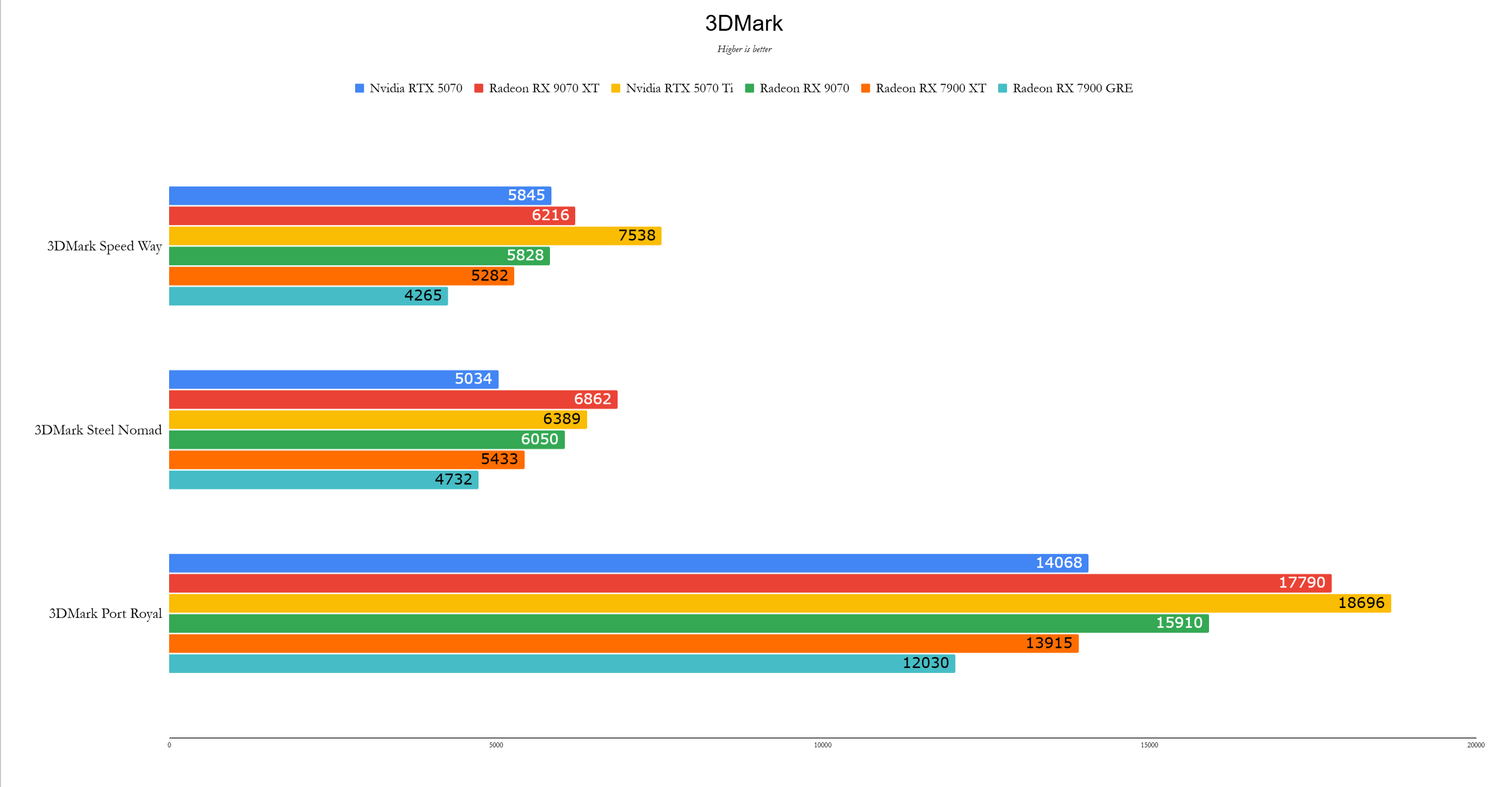
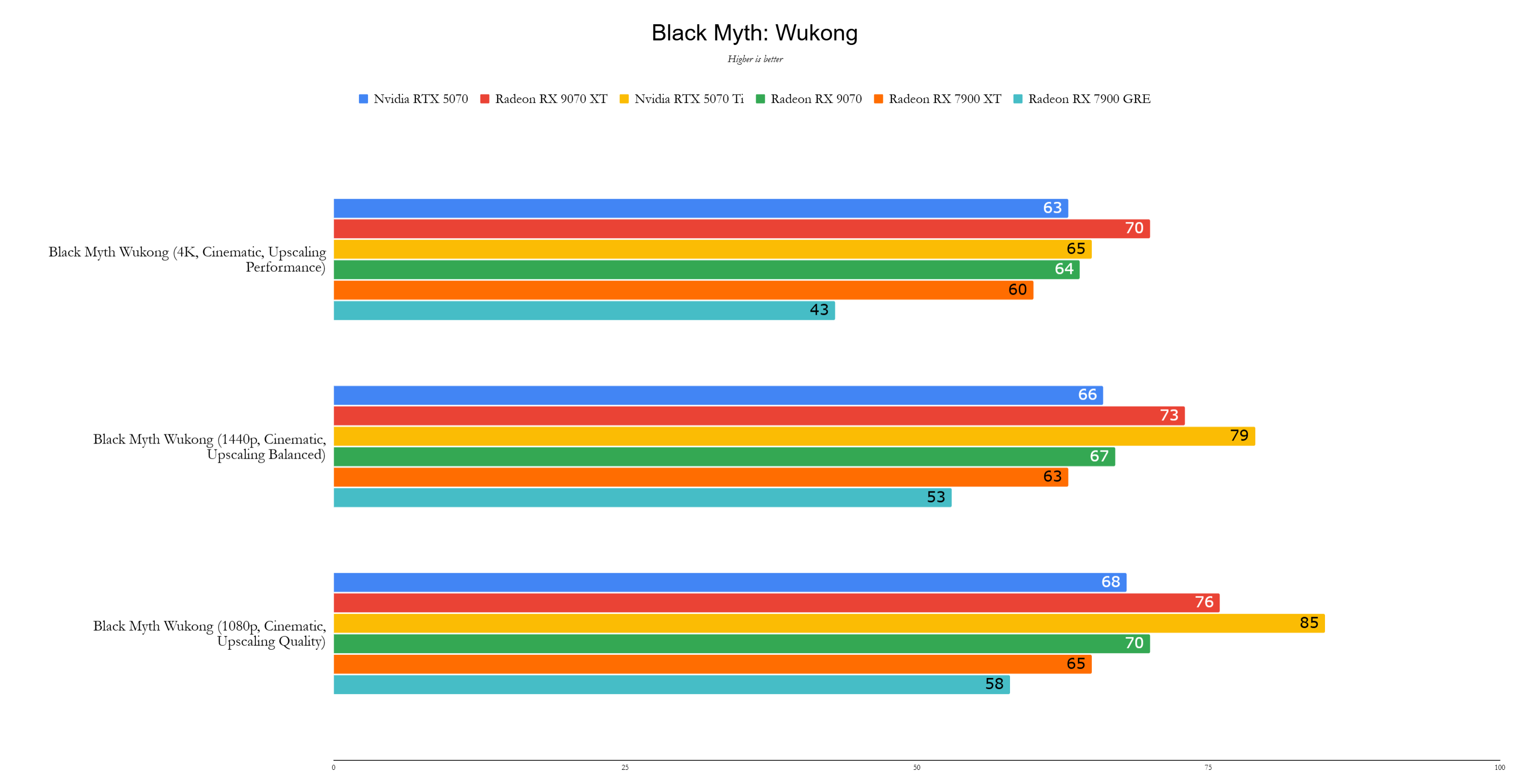 11 Images
11 Images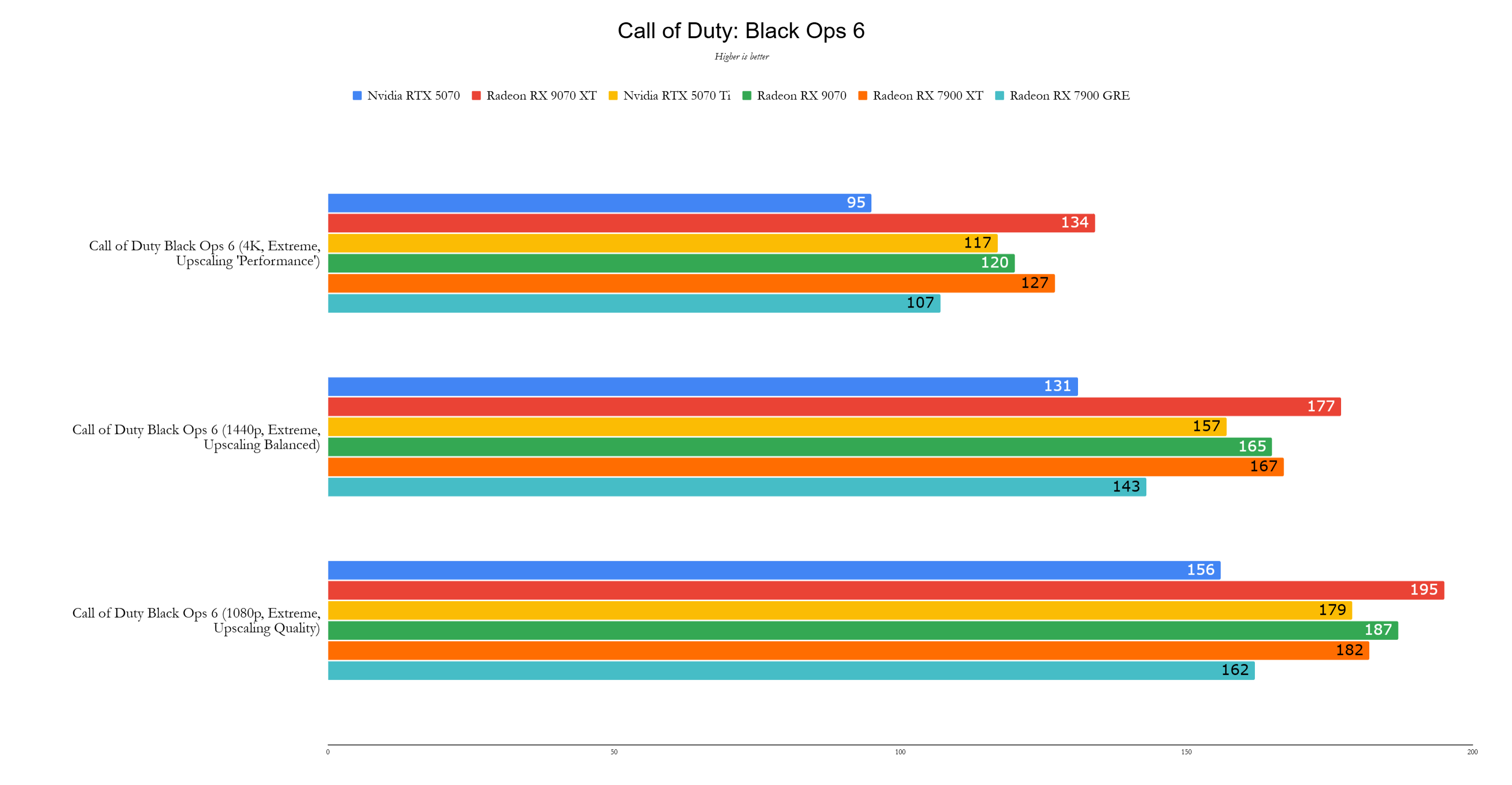
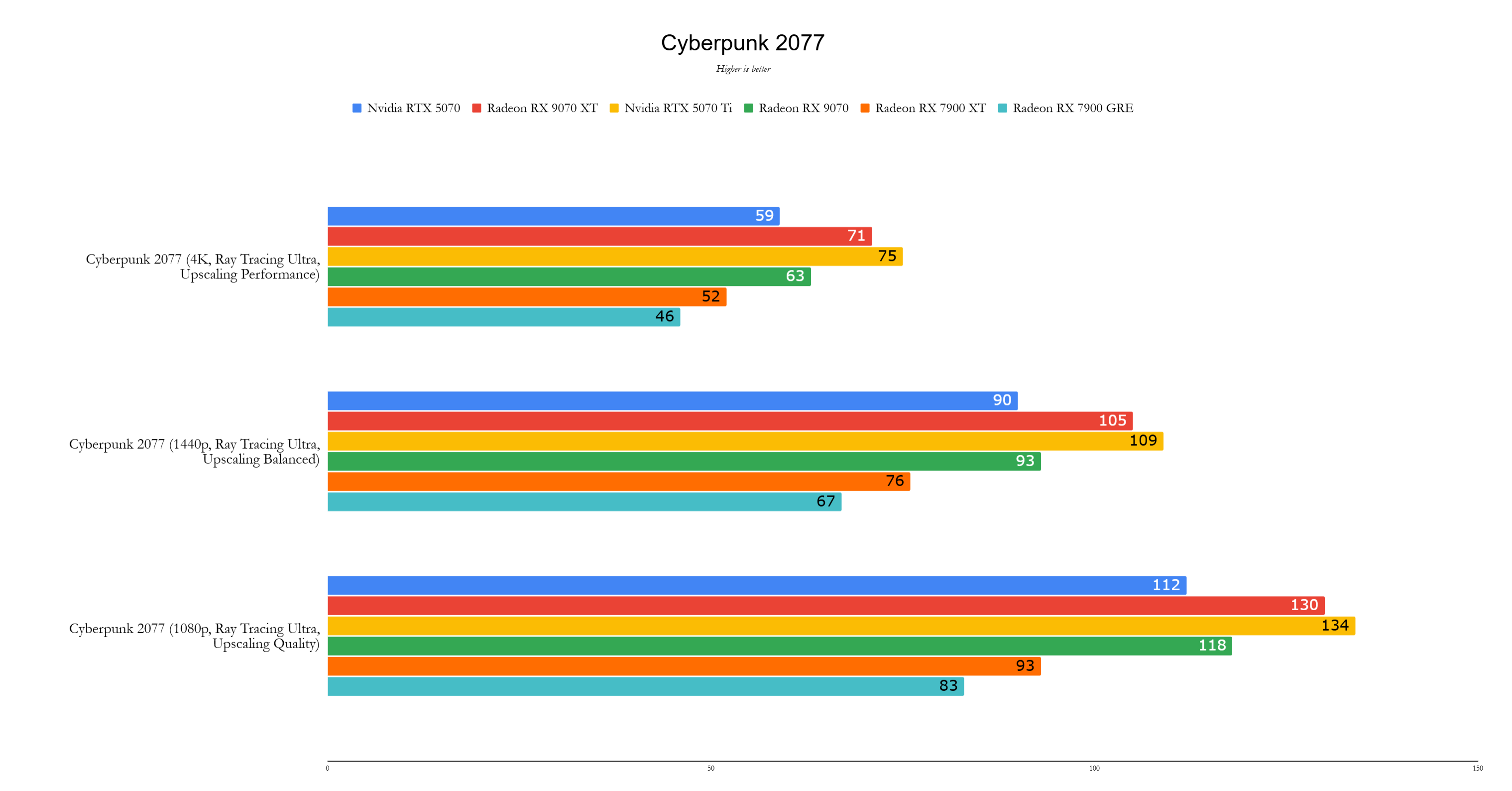

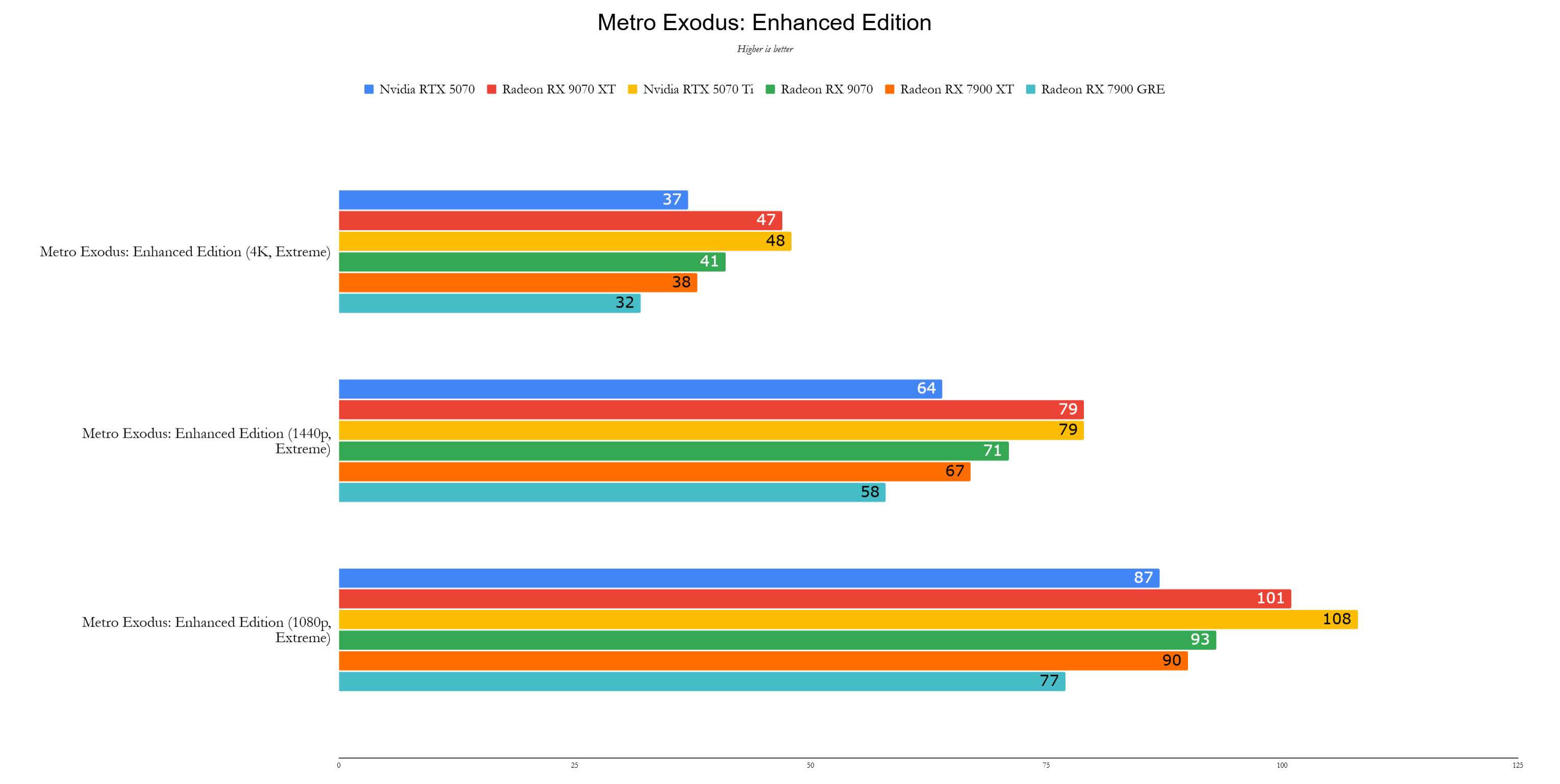
Performance
AMD has truly stepped up with the Radeon RX 9070 XT. Priced at $599, it undercuts the Nvidia GeForce RTX 5070 Ti by 21% while being, on average, 2% faster. Although there are games where the RTX 5070 Ti outperforms the RX 9070 XT, the fact that they are competitive at all is a significant achievement for AMD.
Across my test suite, the RX 9070 XT was about 17% faster than the RX 7900 XT, which launched at $899 two years ago, and 2% faster than the new $749 RTX 5070 Ti. It excels at 4K, maintaining the same lead at that resolution, making it an excellent entry-level 4K graphics card, even with ray tracing enabled.
All graphics cards were tested on the latest available drivers. Nvidia cards used Game Ready Driver 572.60, except for the RTX 5070, which ran on review drivers. AMD cards were tested on Adrenalin 24.12.1, except for the RX 9070 XT and RX 9070, which used pre-release drivers provided by AMD.
While 3DMark isn't a playable game, it offers a good comparison of graphics card potential. The RX 9070 XT outperformed the RX 7900 XT by 18% in Speed Way, though it lagged 18% behind the RTX 5070 Ti. In the Steel Nomad benchmark, however, the RX 9070 XT's performance increased to 26% over the RX 7900 XT and even surpassed the RTX 5070 Ti by 7%.
Test System
- CPU: AMD Ryzen 7 9800X3D
- Motherboard: Asus ROG Crosshair X870E Hero
- RAM: 32GB G.Skill Trident Z5 Neo @ 6,000MHz
- SSD: 4TB Samsung 990 Pro
- CPU Cooler: Asus ROG Ryujin III 360
In Call of Duty: Black Ops 6, the RX 9070 XT led the RTX 5070 Ti by 15%, although this game favors AMD hardware, with the RX 7900 XT trailing by only 6%.
Cyberpunk 2077 traditionally favors Nvidia cards, yet the RX 9070 XT achieved 71 fps at 4K with the Ray Tracing Ultra preset and FSR 3 in performance mode, compared to the RTX 5070 Ti's 75 fps with DLSS in performance mode—a mere 5% lead despite the significant price difference.
Metro Exodus, another ray tracing-heavy game, showed the RX 9070 XT managing 47 fps at 4K without upscaling, nearly matching the RTX 5070 Ti's 48 fps. The RX 7900 XT struggled here, achieving only 38 fps, indicating a 24% improvement.
Red Dead Redemption 2, an excellent showcase for Vulkan performance, saw the RX 9070 XT reaching 125 fps with all settings maxed, outperforming the RTX 5070 Ti's 110 fps and the RX 7900 XT's 106 fps.
The RX 9070 XT's winning streak ended in Total War: Warhammer 3, where it fell 13% behind the RTX 5070 Ti, achieving 76 fps compared to the RTX 5070 Ti's 87 fps. It only slightly outpaced the RX 7900 XT's 71 fps.
In Assassin's Creed Mirage, the RX 9070 XT rebounded, achieving 163 fps, outperforming the RTX 5070 Ti's 146 fps by 12% and the RX 7900 XT's 150 fps by 9%.
The most surprising victory for the RX 9070 XT came in Black Myth Wukong, where it achieved 70 fps at 4K with the Cinematic Preset and FSR set to 40%, compared to the RTX 5070 Ti's 65 fps with DLSS—an 8% lead for AMD. This game features intense ray tracing effects, an area where AMD traditionally lagged behind Nvidia.
Forza Horizon 5, despite being an older title, saw the RX 9070 XT achieving 158 fps, slightly ahead of the RTX 5070 Ti's 151 fps, demonstrating the card's competitive edge.
Announced quietly at CES 2025, the Radeon RX 9070 XT feels like AMD's secret weapon against Nvidia's Blackwell graphics cards. At $599, it represents a return to a more reasonable pricing model for the graphics card market. While not as fast as the RTX 5080 or RTX 5090, those cards are overkill for most users and cost at least $400 more.
The last great flagship graphics card was arguably the GTX 1080 Ti, which launched at $699 in 2017. Although the RX 9070 XT can't claim to be the fastest consumer card of its time, it feels like the first worthy flagship we've seen since then.







